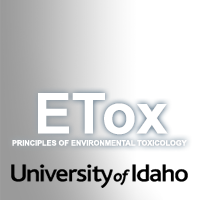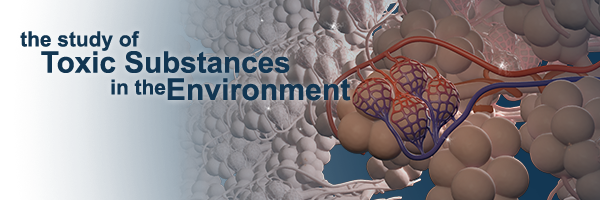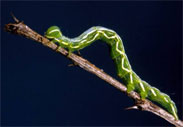

Lecture 15 - Ecological Biochemistry
See Lecture Schedule for Delivery Date
Learning Objectives
- Define ecological biochemistry. Explain biochemical adaptation and the roles of secondary compounds.
- Describe detoxification and the primary metabolic pathways in plants and animals.
- Explain the key processes and factors involved in biotransformation & biodegradation.
- Explain the concepts of sequestration, bioaccumulation, and biomagnification.
- Contrast different forms of ecological biochemical interaction.
Advanced Reading
- Richards 2nd ed., pp 61-85
- Fraenkel, G. S. (1959) Raison d'Etre of Secondary Plant Substances. Science 129 (3361): 1466-1470 (A seminal work in chemical ecology).
- Poisonous Plants Home Page (Surf and review)
- Toxic Agents in Plants (Surf and review)
Resources
Keywords
- Biotoxin
- Evolution
- Acclimatization
- Survival strategy
- Secondary plant compounds
- Alleopathy
- Alleochemicals
- Allomones
- Kairomones
- Biosynthesis
- Detoxification
- Biotransformation
- Biodegradation
- Sequestration
- Bioaccumulation
- Phytoremediation
- Biomagnification
- Bioconcentration
- Ecological biochemical interaction
- Venom
Suggested Reading

ETox is licensed under a Creative Commons Attribution-NonCommercial-NoDerivatives 4.0 International License.
